Cultural Collections
Florida’s local agricultural system consists of a wide range of international contributions that not only include a global array of fruits and vegetables from around the world, it is also comprised of a diverse assemblage of cultural and historic influences. Thecollections below represent cultural themes in Florida history.


